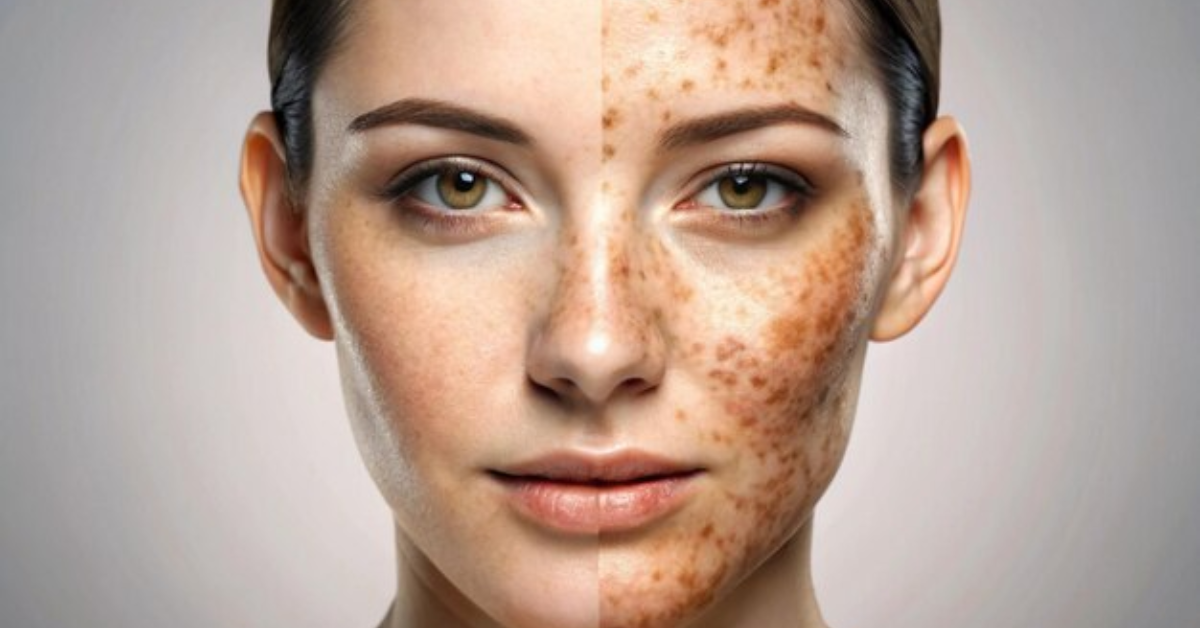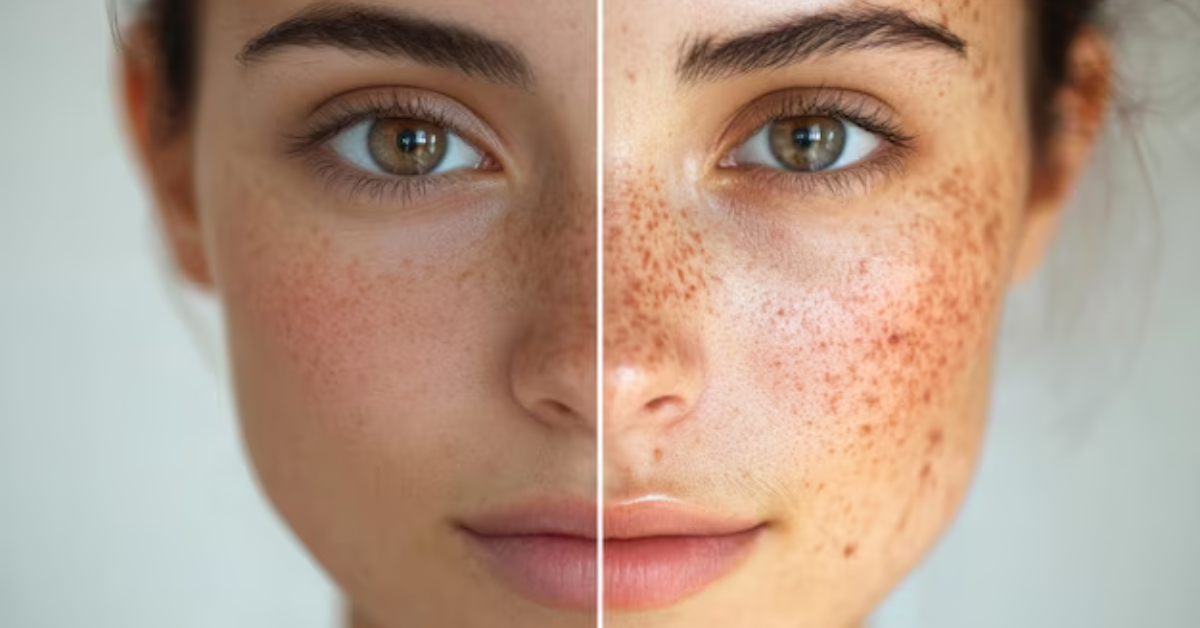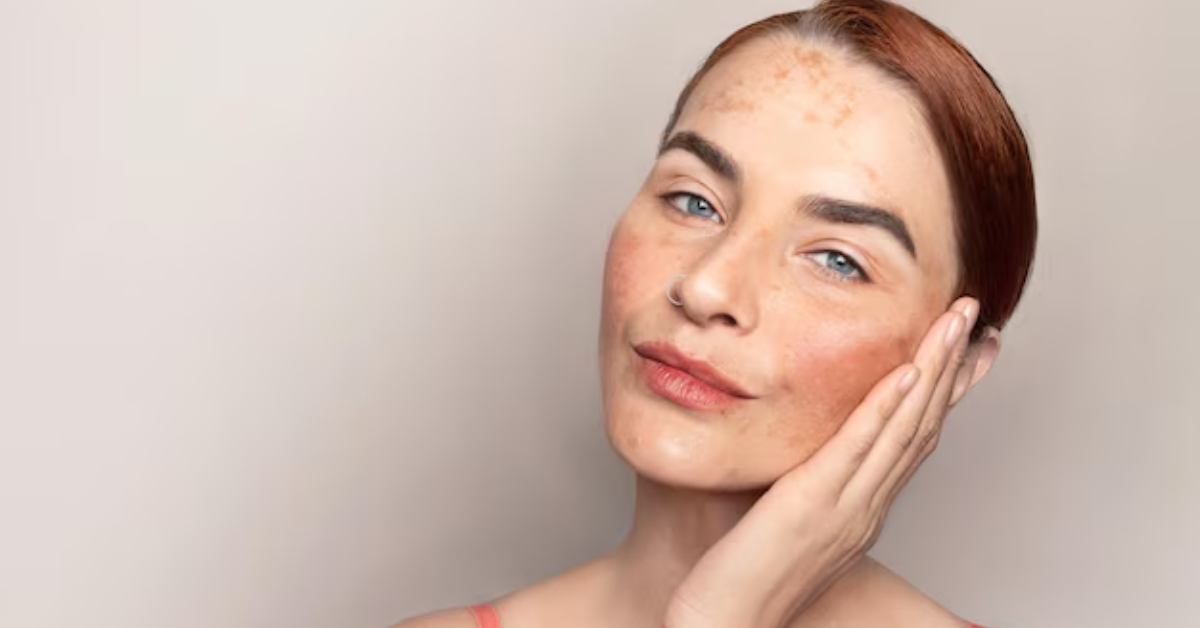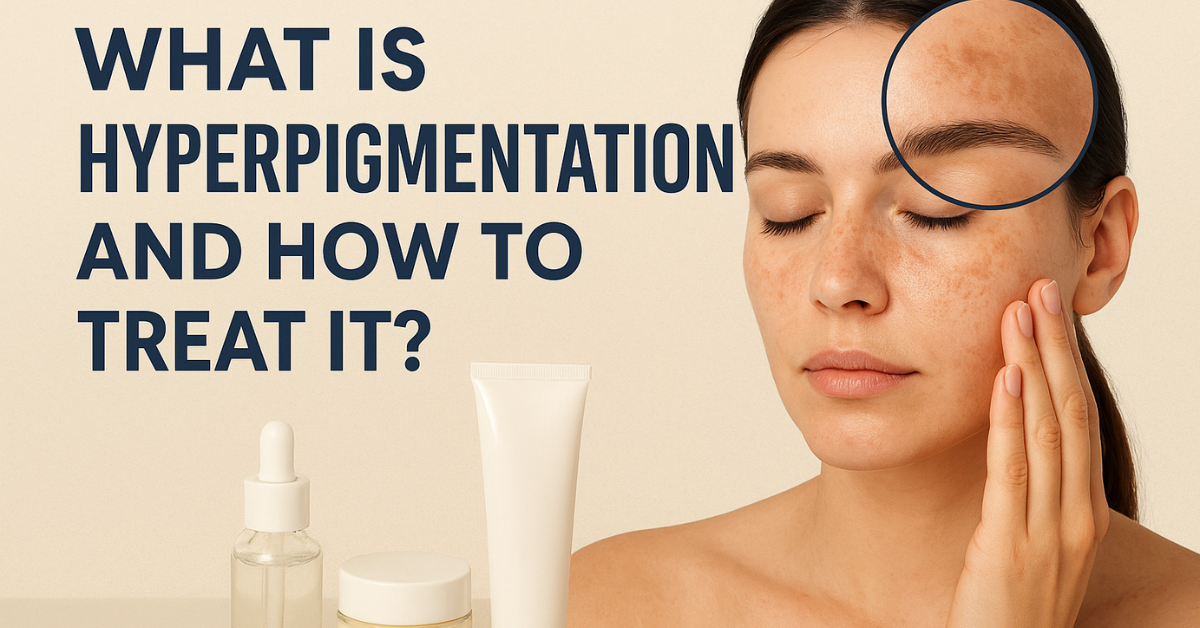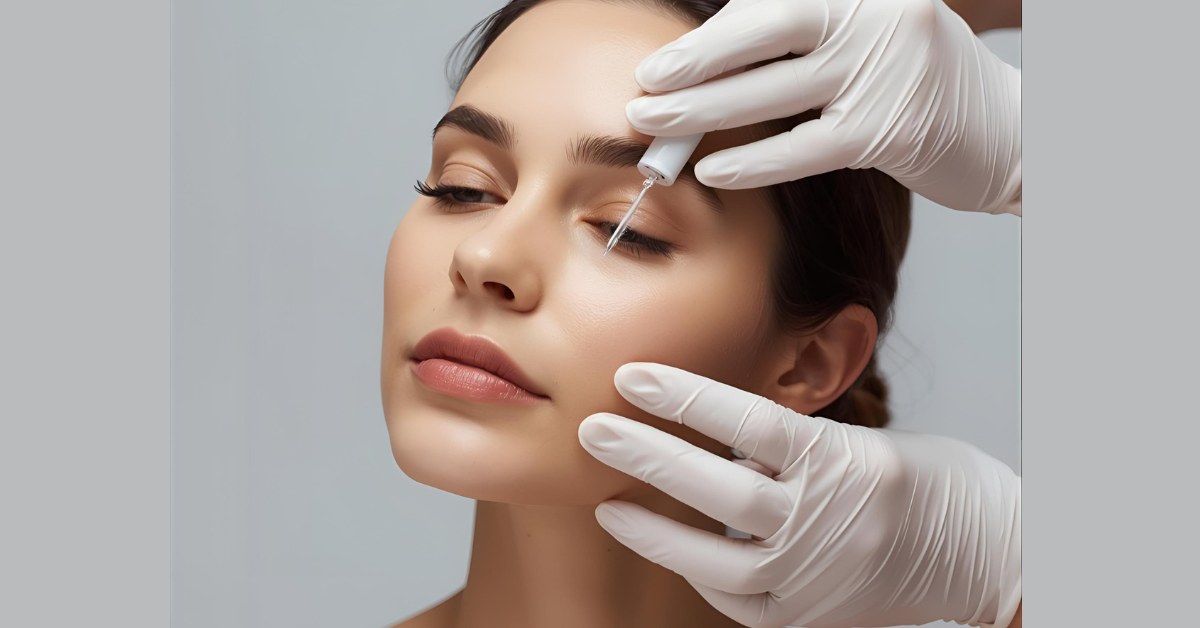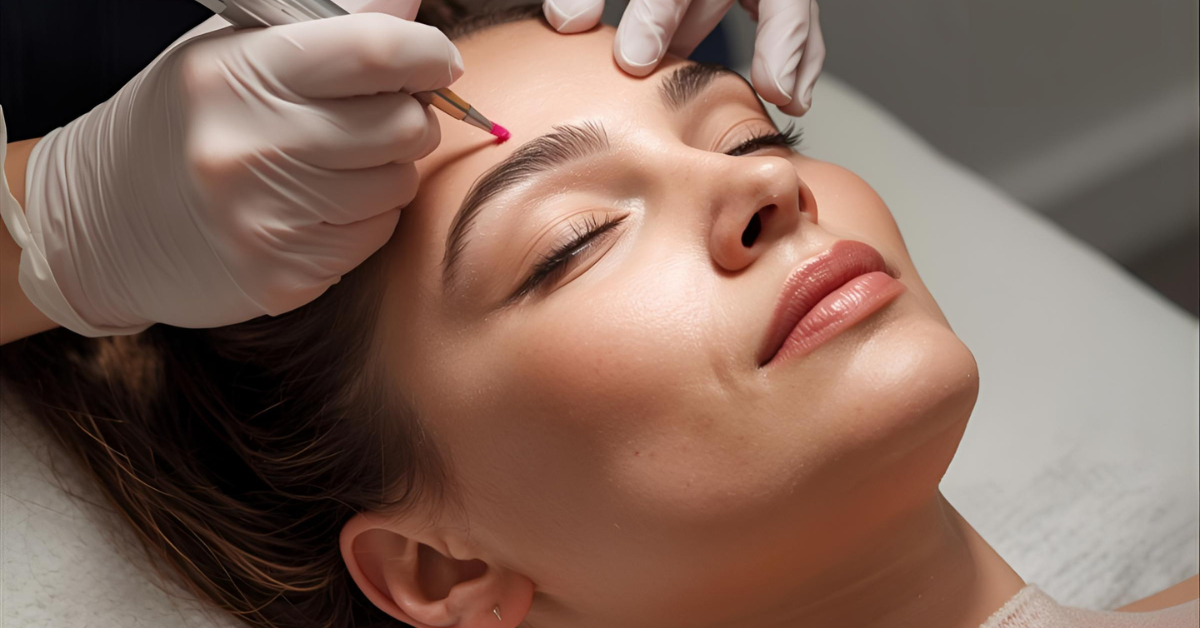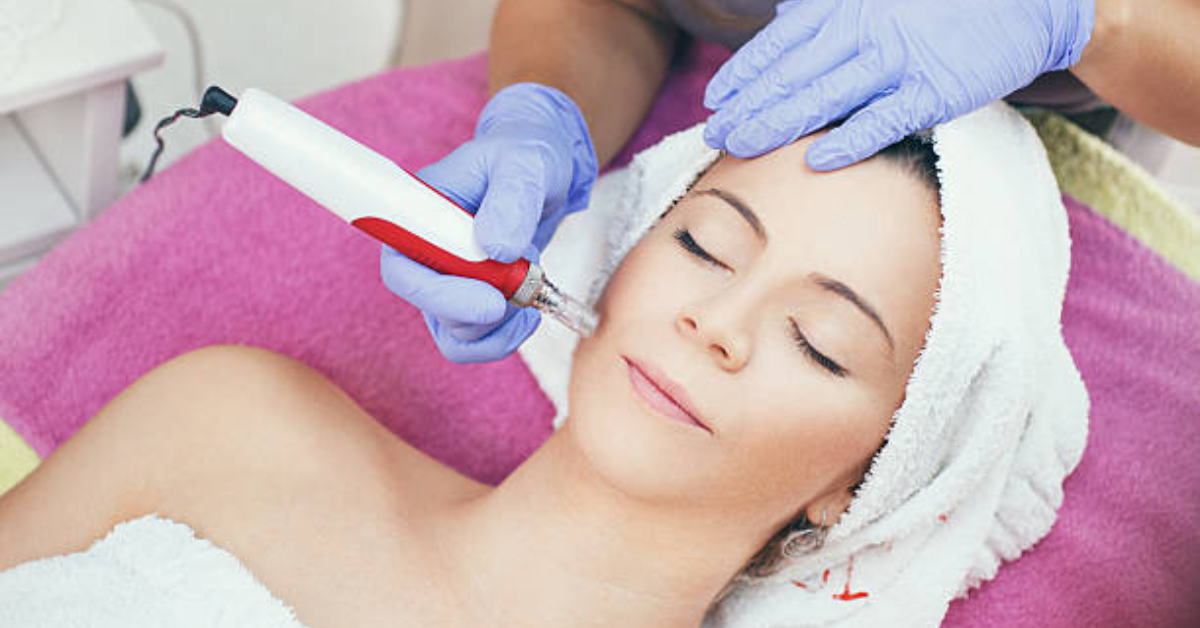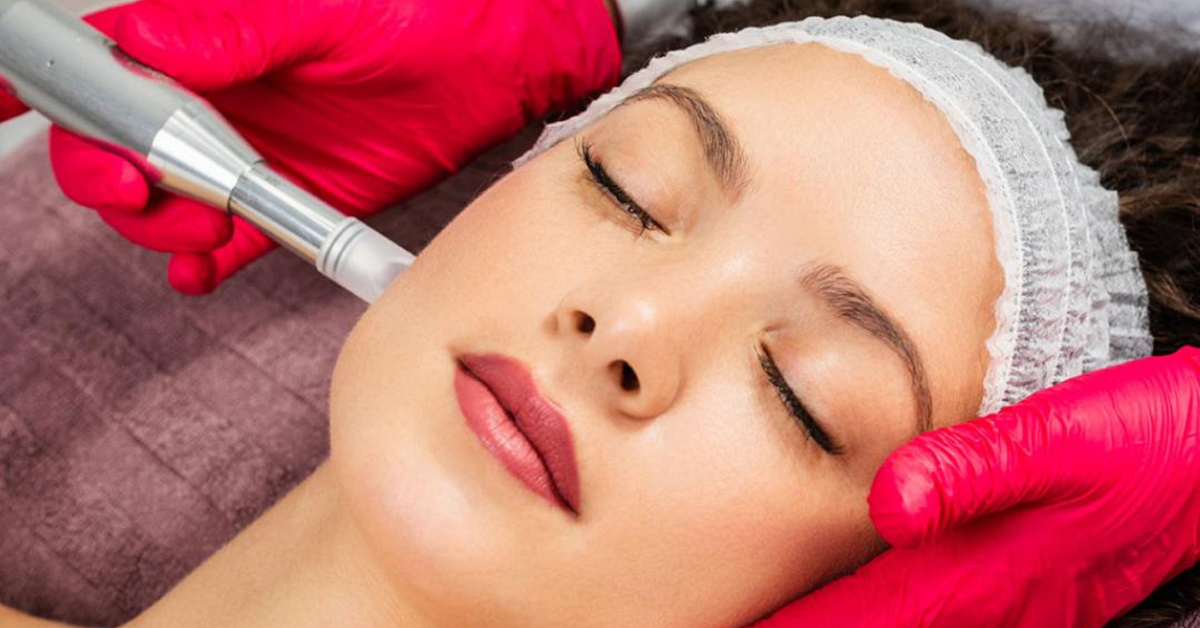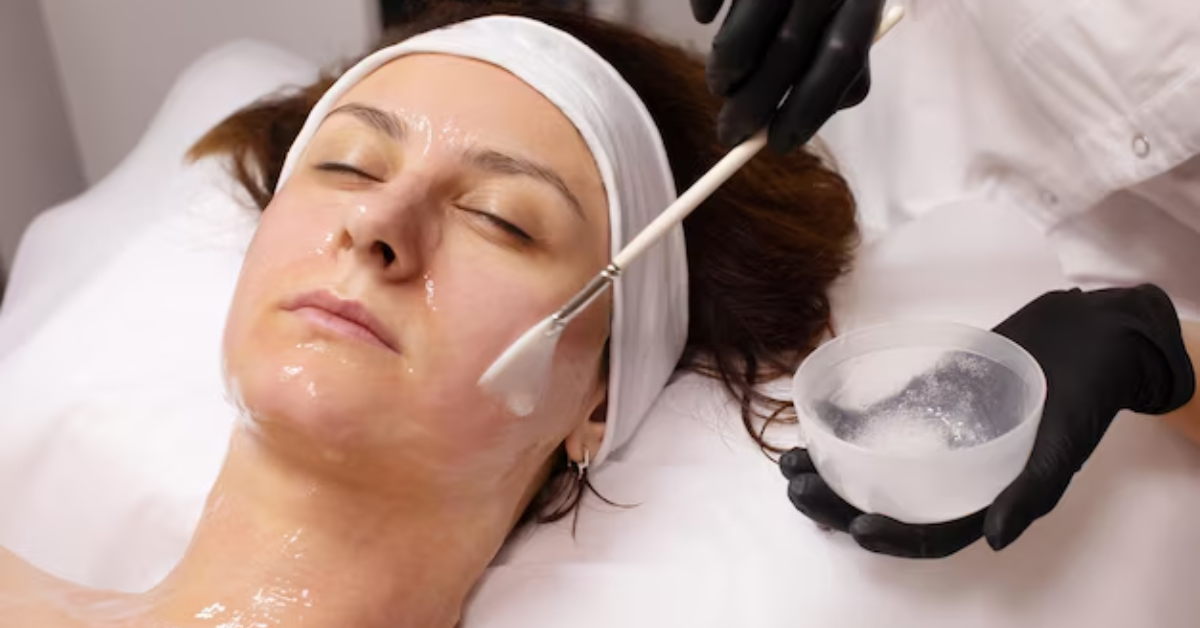What Should You Expect After a Non-Surgical Face Lift? A Complete Guide
In recent years, non-surgical face lifts have become one of the most popular anti-aging treatments for both women and men seeking a more youthful appearance without going under the knife. Thanks to advanced technologies and techniques, it’s now possible to achieve tighter, smoother, and more lifted skin—with little to no downtime. But while the results can be impressive, knowing what to expect after a non-surgical face lift is essential for a positive experience and optimal outcome.
In this article, we’ll walk you through the recovery process, side effects, results timeline, and post-treatment care so you know exactly what happens after your non-invasive facial rejuvenation treatment.
What Is a Non-Surgical Face Lift?
A non-surgical face lift is a cosmetic procedure that uses non-invasive or minimally invasive techniques to lift and tighten the skin. Popular methods include:
- Ultrasound (e.g., Ultherapy)
- Radiofrequency (RF) treatments (e.g., Thermage, Morpheus8)
- Injectables like dermal fillers and Botox
- Thread lifts
These procedures stimulate collagen production, improve skin elasticity, and smooth out fine lines—without the need for incisions or general anesthesia. Depending on the technique, results can be subtle or quite dramatic, often with a natural-looking enhancement.
Immediate Effects After the Procedure
Right after a non-surgical face lift, most patients notice an immediate improvement in skin tightness and contour. This initial result is due to mild swelling and skin contraction caused by heat or injections. However, the full results will gradually appear over time as your skin begins producing new collagen and elastin.
You may feel some warmth or tightness in the treated areas, which is completely normal. For treatments involving injectables, you might also see slight puffiness or bruising that typically resolves within a few days.
Common Side Effects
One of the biggest advantages of non-surgical face lifts is the minimal downtime and lower risk of complications compared to traditional surgery. Still, some temporary side effects are possible, depending on the method used:
- Redness or Swelling: Mild and typically subsides within 24–48 hours.
- Bruising: Especially after injectable treatments; usually disappears in 3–7 days.
- Tenderness: A sensation of tightness or mild soreness in the treated areas may occur.
- Numbness or Tingling: Temporary nerve sensitivity is rare but can occur with certain technologies like RF or ultrasound.
These effects are part of your body’s natural healing response and should not be a cause for concern. If any symptoms persist beyond a week, consult your provider.
Recovery Timeline and Results
One of the most frequently asked questions is: How long does it take to see results after a non-surgical face lift?
The answer depends on the specific treatment. Here’s a general timeline for what you can expect:
First Week:
- Most patients return to their daily routine immediately or within 1–2 days.
- Redness, swelling, or minor bruising may be visible but manageable with light makeup.
2 to 4 Weeks:
- Collagen production begins to increase.
- Skin starts to look more toned, lifted, and refreshed.
2 to 3 Months:
- Peak collagen regeneration phase.
- Maximum results become visible—especially after RF and ultrasound-based treatments.
6 to 12 Months:
- Results can last up to a year or more, depending on your age, lifestyle, and the technique used.
- Some treatments may require maintenance sessions to prolong effects.
What Activities Should You Avoid?
Even though the recovery period is quick, it’s important to follow aftercare instructions carefully to avoid compromising your results. Here's what to avoid for the first few days post-treatment:
- Intense Exercise: Avoid workouts that raise your heart rate for 24–48 hours.
- Heat Exposure: Skip saunas, hot showers, and sunbathing for at least 72 hours.
- Alcohol Consumption: Alcohol can increase bruising and dehydration, so avoid it right after the procedure.
- Touching or Rubbing Your Face: Be gentle to prevent irritation or infection, especially with thread lifts or fillers.
Following these precautions ensures your skin heals properly and delivers the best possible outcome.
How to Care for Your Skin After the Treatment
Proper post-treatment skincare can enhance and maintain your results. Here’s how to support your skin:
- Hydrate Regularly: Use a quality moisturizer to keep your skin hydrated.
- Sun Protection: Always wear SPF 30 or higher to protect your skin from UV damage.
- Use Gentle Products: Avoid strong acids, retinoids, or exfoliants for a few days.
- Stay Consistent: Stick with your skincare routine to maintain firmness and radiance.
Investing in nourishing skincare products can significantly extend the longevity of your non-surgical face lift results.
Are the Results Worth It?
For many people, the answer is a resounding yes. Non-surgical face lifts offer a subtle but noticeable improvement in facial contour, skin tightness, and overall youthfulness—without the high risks, cost, and downtime of surgery.
They are ideal for individuals in their 30s to 60s who have mild to moderate skin laxity, or those who want a preventive anti-aging solution. If you’re looking for natural-looking results with minimal recovery, a non-invasive face lift can be an excellent option.
Final Thoughts
Knowing what to expect after a non-surgical face lift allows you to prepare both mentally and physically for the process. While the immediate after-effects are generally mild, real transformation takes time, with results improving over several weeks as your skin naturally regenerates.
From tighter skin and improved facial contours to enhanced self-confidence, the benefits of these modern aesthetic procedures are both effective and rewarding—especially when paired with a healthy skincare routine.
Before undergoing any treatment, always consult with a licensed, experienced aesthetic provider to ensure you’re a good candidate and to create a customized plan based on your skin type and goals.
With the right approach, a non-surgical face lift can give you the youthful glow you’re looking for—no scalpel needed.

